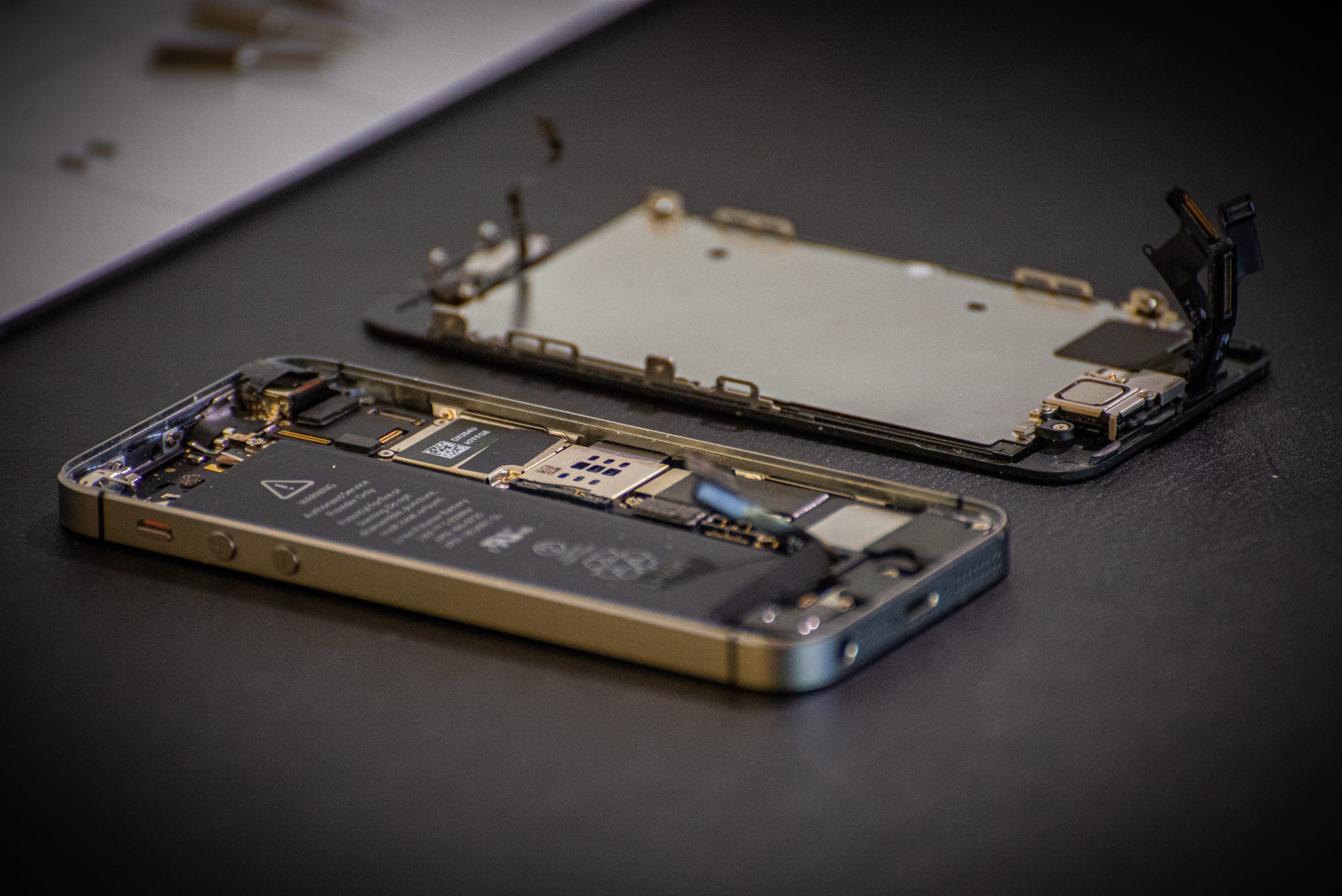9/6/2021
If you haven’t heard of planned obsolescence yet, this buzzword of the past decade or so describes “intentionally designing consumer goods to become obsolete” in order to encourage consumers to buy the new model or upgrade the product they’ve been using. Usually, planned obsolescence is referenced in the context of electronic devices, like your iPhone that starts to run irritatingly slowly after a few years, or your laptop whose battery life has mysteriously dropped to just an hour, defeating the entire purpose. Devices didn’t use to need constant replacement like this; today’s non-durable engineering of inventions stands in sharp contrast to that of previous centuries (for example, the Centennial Bulb, an incandescent lightbulb from the 1800s, still works today). But years and years of advertising campaigns have swayed consumers, and now the huge cost of replacing electronic devices regularly seems normal.
One way to help fight planned obsolescence may be the Right to Repair movement. Those espousing the right to repair believe that, somewhat self-explanatorily, consumers should have the right to repair both the hardware and software of products they own without having to replace them or rely on manufacturers. Legally, consumers in the US are able to repair most of what they buy on their own, but much of the time, they lack the information or parts to actually complete the repair. And products are increasingly irreparable — they can be impossible to even open without ruining them, or lack third-party part options, or not allow custom, life-extending software when manufacturer software support ends.
One of the main organizations for advocates in the movement, the Repair Association, has several objectives to combat the wave of difficult-to-repair products: to make information like manuals, as well as parts and tools, available to everyone; to allow modification and custom software installation on devices (also known as “jailbreaking”); and to encourage that devices are designed specifically to allow repair. The last objective relies less on legislation, which could help achieve the other two, and more on “shifting the expectations” that buyers have — for example, France maintains a national repairability index that assigns scores to products, hoping to alter the expectations and behavior of consumers in a more repair-minded direction.
However, at least in this country, the Right to Repair movement is not without opposition. Predictably, this comes largely from the companies who make and sell the products in question, who profit from consumers replacing their products as well as being the only ones able to repair them. The companies’ central arguments are first that security risks arise when releasing technical information to the general public, which includes criminals who will take advantage of it; second, that they are concerned about the safety of people making “unauthorized” repairs; and third, that there are possible risks to their intellectual property. However, opposition to right to repair was weakened earlier this year, when a May 2021 report by the Federal Trade Commission (FTC) concluded that there was “scant evidence to support manufacturers’ justifications for repair restrictions,” though they acknowledged that the report didn’t analyze intellectual property concerns (which “may provide legitimate justification for some repair restrictions”). And, in another recent win for the Right to Repair movement, President Biden signed an executive order in July that will have the FTC create rules about when owners of products can repair them without the manufacturer’s involvement.
So, does such strong governmental support help prove the ethicality of the right to repair? And what about the conceivable risks to companies’ intellectual property — do they have an ethical leg to stand on, or is that just a farce to allow them to profit from planned obsolescence and sole ownership of essential parts and technical information?

